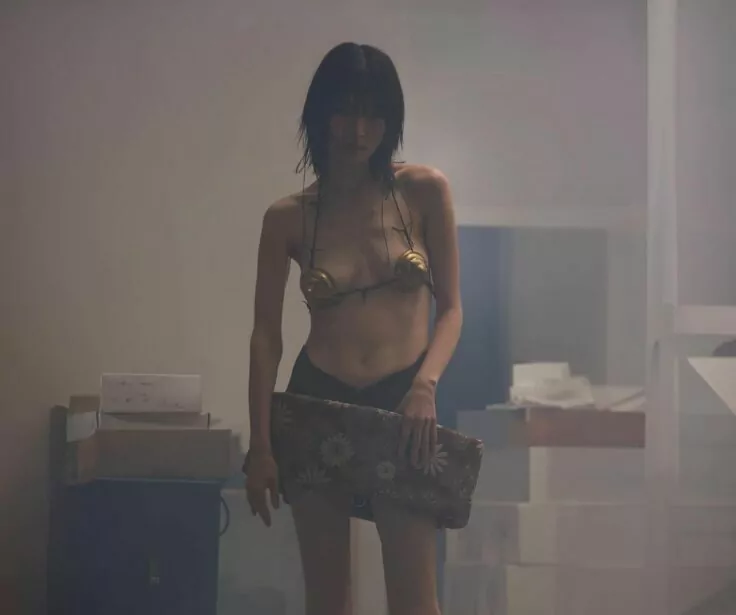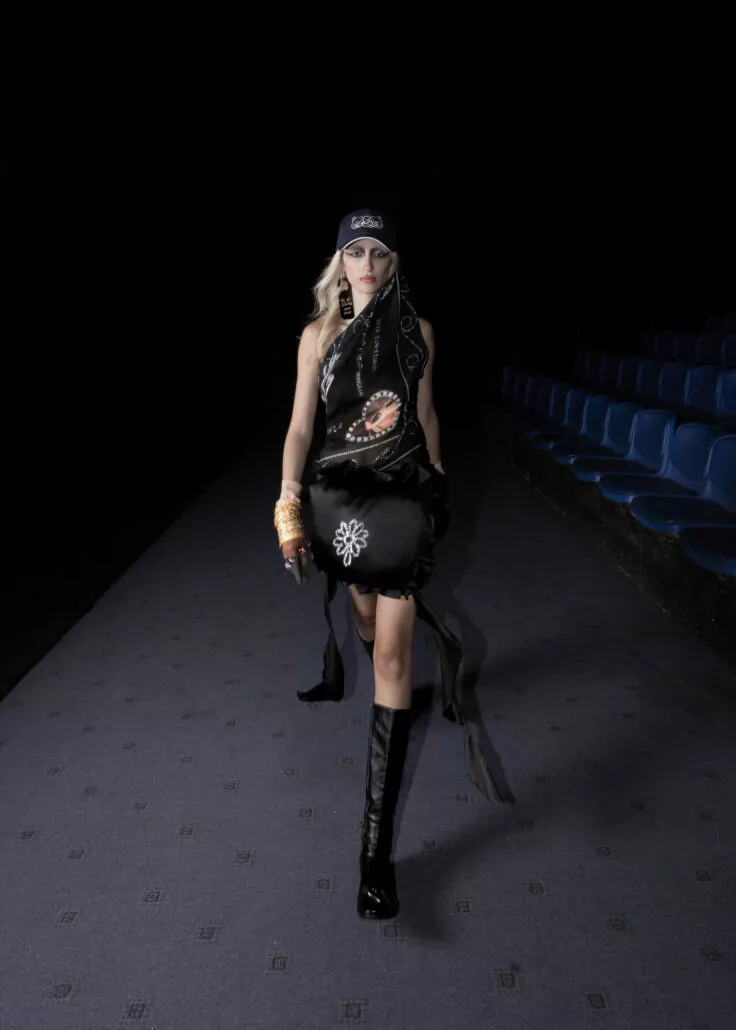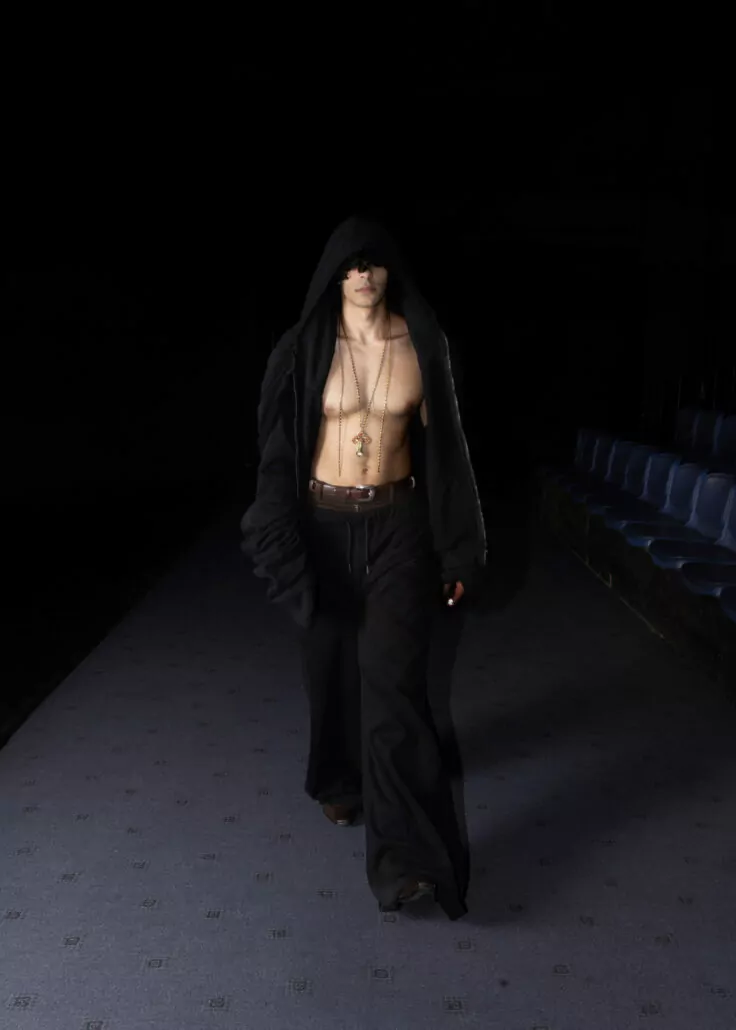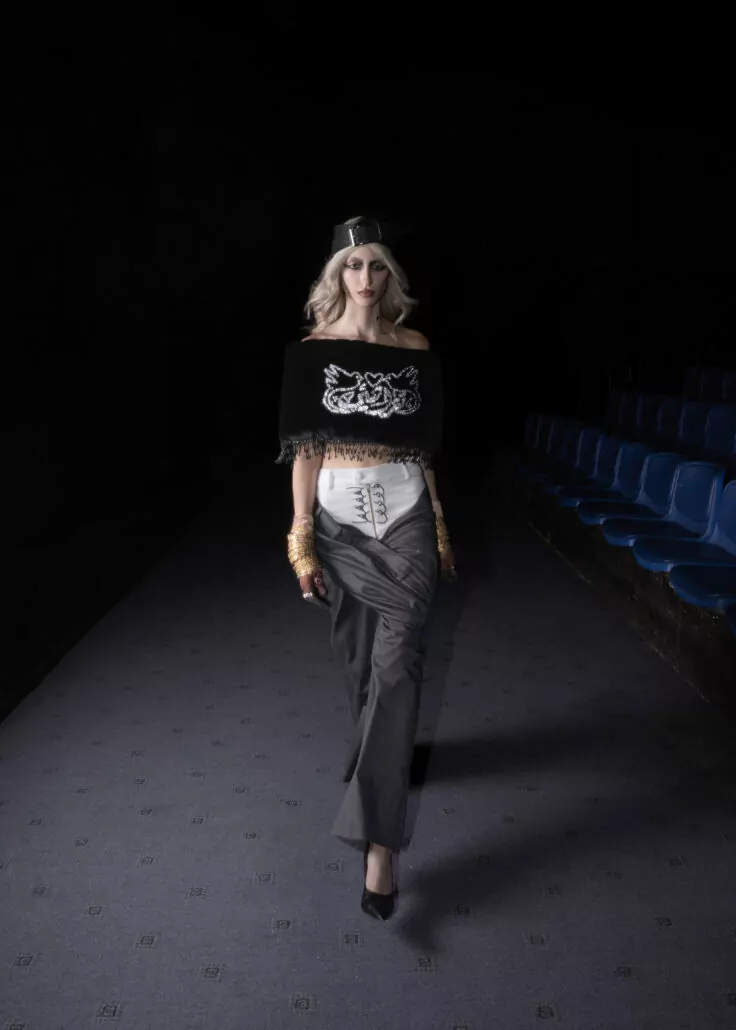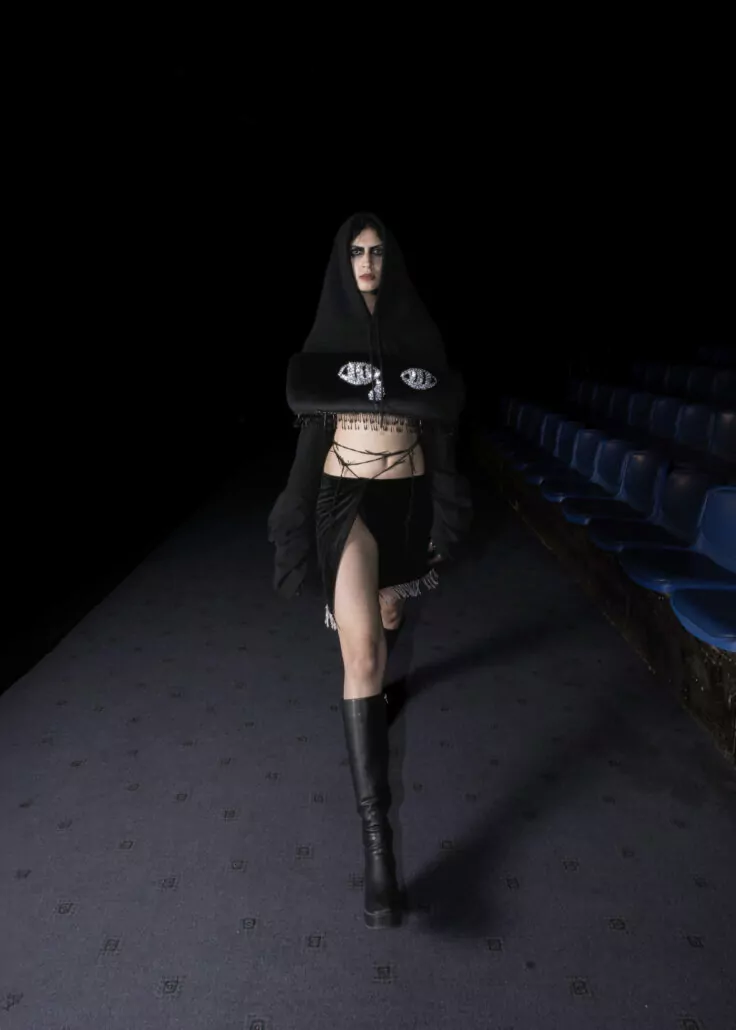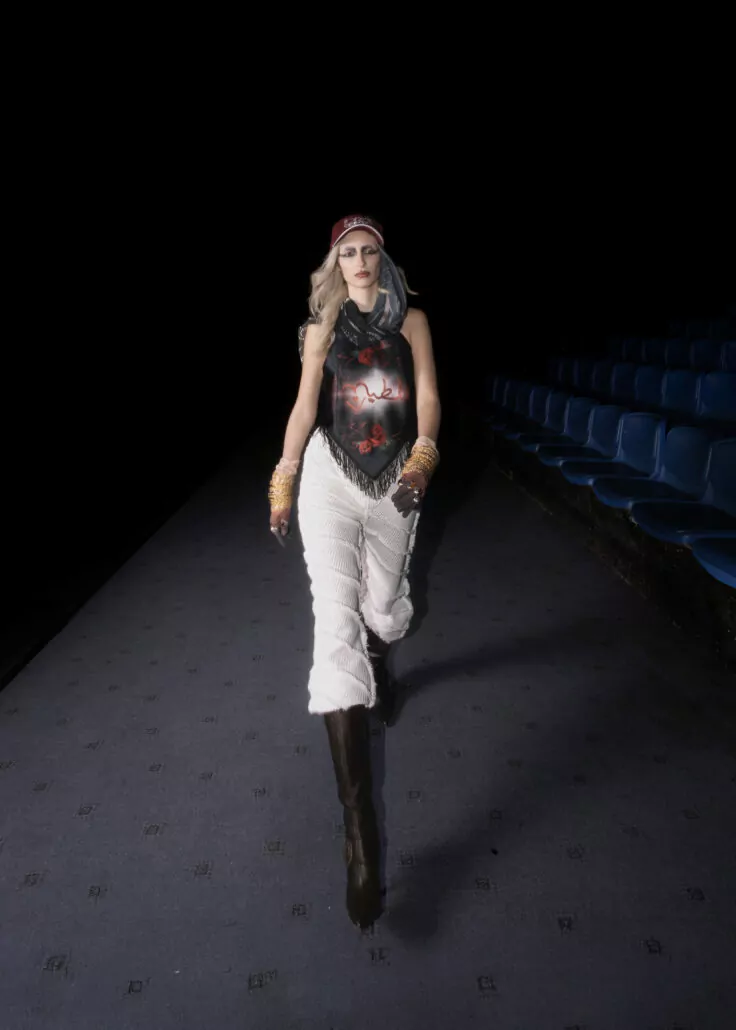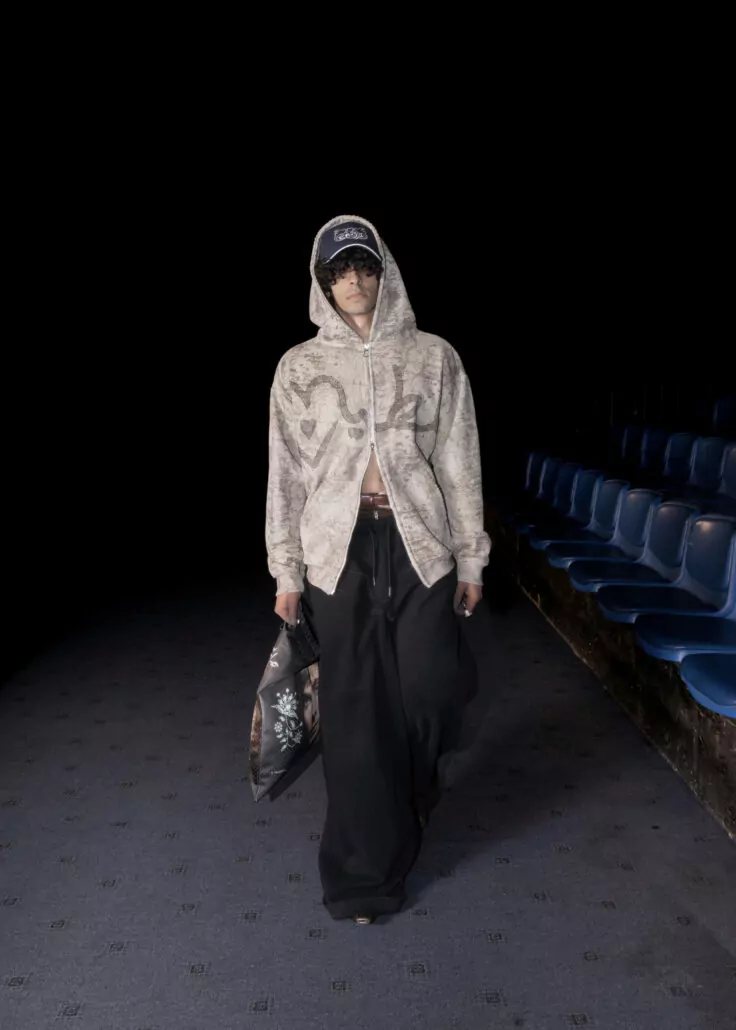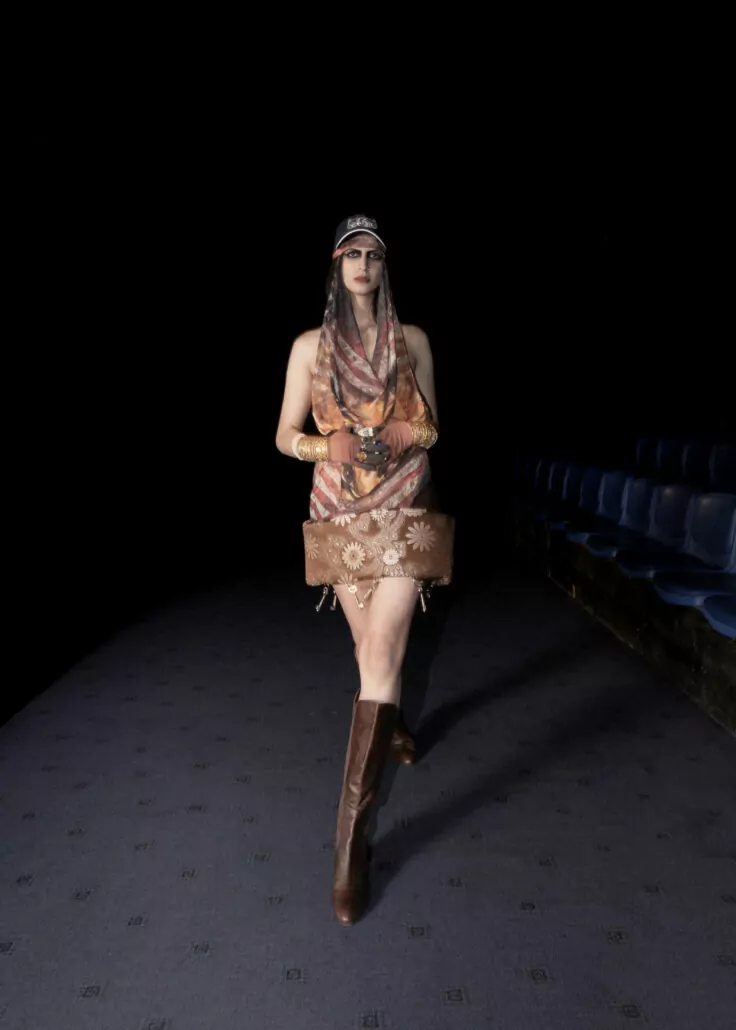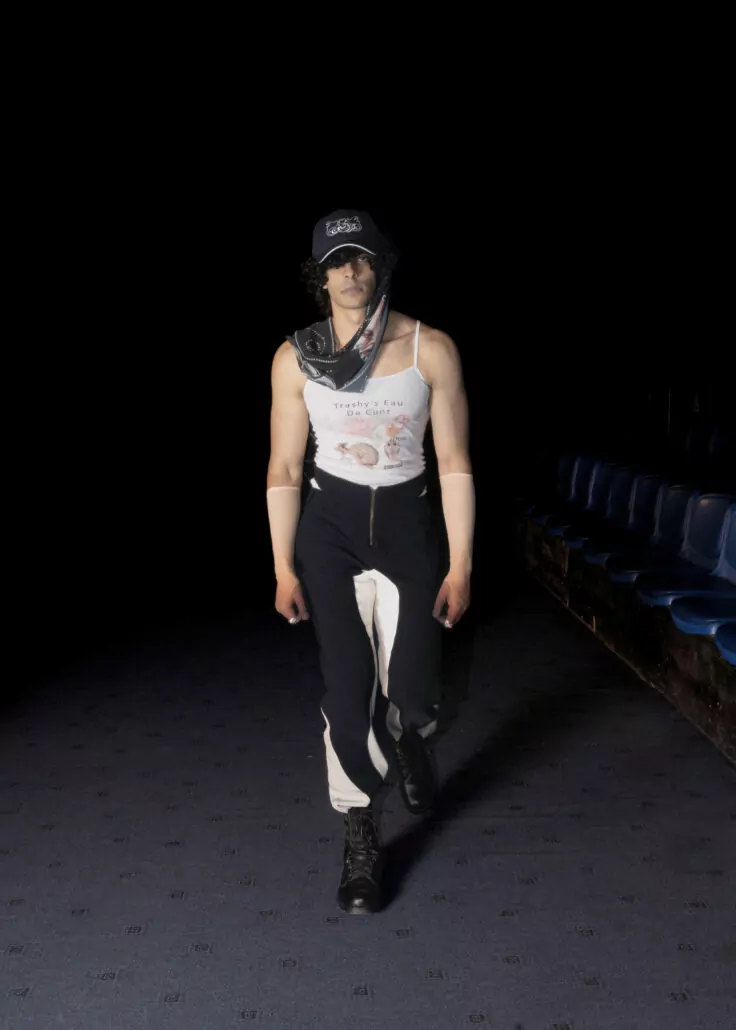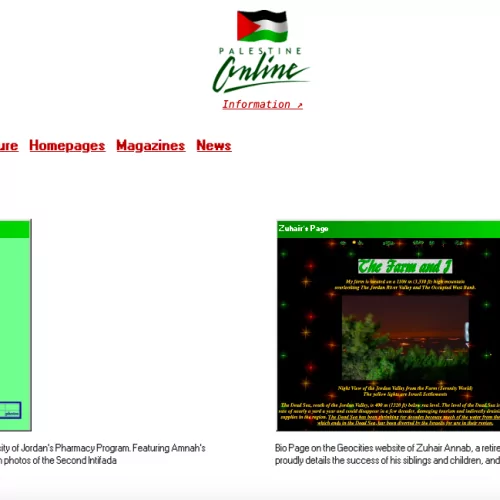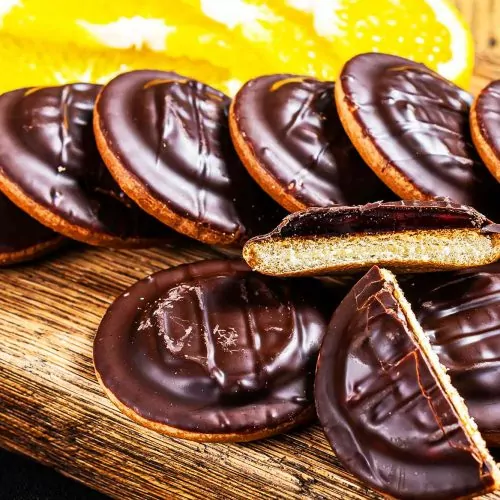In the region’s rich landscape of fashion, Trashy Clothing often stands out as one of the most exciting. With an unapologetic commitment to upholding its Palestinian roots, with pride, the Levantine-based brand just released its latest collection for Spring 2024, and in doing so proved that activism still has a place on runways.
Dubbed “Bourgeoisie, Mufflers, and Oil,” Trashy Clothing’s latest offering draws heavy inspiration from the satirical illustrations of Palestinian cartoonist Naji Al Ali who dedicated most of his career to fervently criticizing the concepts of greed, resistance, and American imperialism. Initially slated for release in October 2023, the ready-to-wear collection faced an unavoidable postponement due to the tragic events of October 7.
First introduced during the brand’s Milan Fashion Week debut, the new line is shaped around the founders’, Omar Braika and Shukri Lawrence, contemplations on various socio-political events — ranging from the 2003 US invasion of Iraq, the assassination of prominent Palestinian figures, as well as the pervasive influences of capitalism— which all seem more significant than ever in the wake of the recent events taking place in the region.
Here, the garments function as a visual essay, delving into the intricate effects and consequential impacts of imperialism and corruption. Through unconventional silhouettes— from oversized to cropped and distressed— set against a dark and subdued color palette, the collection expresses a rebellious spirit that incites sharp reflection on the interplay between power and politics within our societies. What’s more, the new line also features several edited advertisements that seek to subvert and overtly mock the inherent nature of consumerism as, in the duo’s own words, they “serve to distract and capitalize” us away from essential conversations that could do with our focus and attention more.
For the occasion, and to celebrate the launch of their new collection, we sat down with Lawrence and Braika to learn more about the release.
Could you tell us more about the inspiration behind the collection?
“Naji’s work criticized the United States, the Zionist entity, and Arab leaders led to his assassination in 1987. Leaving behind over 40,000 cartoons, his work uncovered the insatiable greed inherent in empires and the complicity of their collaborators, highlighting their inevitable fall and demise. For the past 117 days, Naji’s drawings depicting empires, collaborators, normalizers, the bourgeoisie, and bootlickers watching the killing of Palestinians couldn’t ring more true to the reality of the Zionist occupation and the American-sponsored genocide in Gaza. Above all, Palestine’s on-the-ground resistance has brought global attention to these themes– freeing the world as she frees herself,”
What led to the decision to probe these specific themes?
“The exploration of “Bourgeoisie, Mufflers, and Oil” was ignited by recurring themes in Naji’s drawings. For us, oil symbolizes corruption, exploitation, and greed, while mufflers represent censorship. We took a look at the bourgeoisie representing complicity. These were the main themes we wanted to focus on in the collection. The collection stemmed from our frustration with how relevant Naji’s drawings from the ‘70s and ‘80s still are today, with nothing changing and the corruption and killing of our people ongoing. Through the collection, we aimed to highlight the nonchalant bourgeoisie that is complicit within,”
How did you incorporate these themes into your upcoming line? Talk us through the creative process from early thoughts to final execution.
“For the film’s set design concept, the camera was directed towards the viewers/audience, capturing the bleachers from the stage’s viewpoint to underscore the main themes of the bourgeoisie and their complicity. In Naji’s drawings, oil served as a central motif, symbolizing corruption, exploitation, and greed. We used oil as a primary reference for the pieces, depicting suffocation and spillage. This was achieved through the representation of oil barrels suffocating models, black crystals symbolizing oil drops, and a wool top representing oil spills across the models. Additionally, henna gloves were also adorned with oil. Naji’s drawings depicting Arab regimes neglecting our cause inspired the loungewear element of the collection. Cotton fleece hoodies, sweatpants, satin pillows, and “do not disturb” earrings contributed to the new look we refer to as the “modern bootlicker” enabling the killings,”
Why was it important for you to make a statement through this release? How do you hope it will resonate with people?
“It was paramount for us to pay tribute to Naji’s work, which remains remarkably relevant, especially today. Naji’s legacy and his martyrdom are not only remembered but actively alive. By showcasing his story, themes, and work, we aim to draw attention, ignite conversations, and sound the alarms within our industry,”
